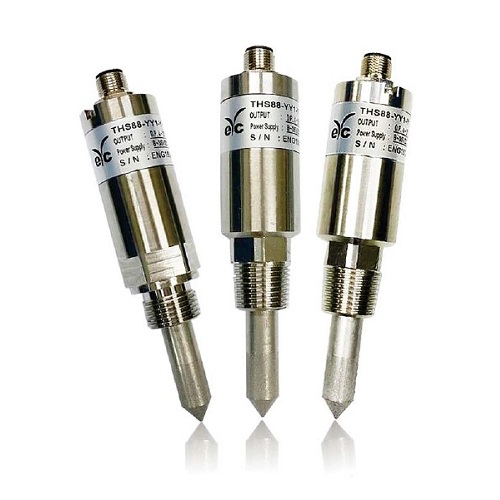Introduction
Temperature sensors and switches are essential components in automation applications that require precise temperature control. They are used to measure and monitor temperature levels, providing feedback on temperature variations and enabling automated control. In this article, we will explore the application of temperature sensors and switches in automation, the different types of sensors available, and the benefits they offer.
Application of Temperature Sensors and Switches in Automation Temperature sensors and switches are used in a wide range of automation applications, including:
- HVAC Systems: Temperature sensors and switches are used in heating, ventilation, and air conditioning (HVAC) systems to control the temperature of buildings and ensure that they are comfortable for occupants.
- Industrial Processes: Temperature sensors and switches are used in industrial processes to monitor the temperature of equipment and materials, ensuring that they are within the required range for efficient operation.
- Food and Beverage Production: Temperature sensors and switches are used in food and beverage production to monitor the temperature of products, ensuring that they are produced to the correct specifications.
- Medical Equipment: Temperature sensors and switches are used in medical equipment to monitor the temperature of patients and ensure that they are receiving the correct treatment.
Types of Temperature Sensors and Switches There are several types of temperature sensors and switches available, including:
- Thermocouples: Thermocouples are temperature sensors that use two different metals to generate a voltage that is proportional to the temperature difference between them.
- RTDs: RTDs, or resistance temperature detectors, are temperature sensors that measure changes in electrical resistance in response to changes in temperature.
- Thermistors: Thermistors are temperature sensors that use changes in electrical resistance to measure changes in temperature.
- Bimetallic Switches: Bimetallic switches are temperature switches that use two different metals with different coefficients of thermal expansion to bend and make or break a circuit at a specific temperature.
Benefits of Temperature Sensors and Switches in Automation Temperature sensors and switches offer several benefits in automation applications, including:
- Precise Control: Temperature sensors and switches provide precise control over temperature levels, allowing for accurate and efficient operation of equipment.
- Remote Monitoring: Temperature sensors and switches enable remote monitoring of temperature levels, allowing for real-time feedback on temperature variations and enabling automated control.
- Increased Efficiency: Temperature sensors and switches enable automated control of temperature levels, increasing efficiency and reducing the need for manual operation.
- Easy Integration: Temperature sensors and switches are easy to integrate into existing automation systems, with a wide range of interfaces available, including analogue, digital, and serial.
Conclusion
Temperature sensors and switches are essential components in automation applications that require precise temperature control. They offer several benefits, including precise control, remote monitoring, increased efficiency, and easy integration into existing automation systems. With their versatility and wide range of applications, temperature sensors and switches are likely to remain an integral part of the automation industry for many years to come.
